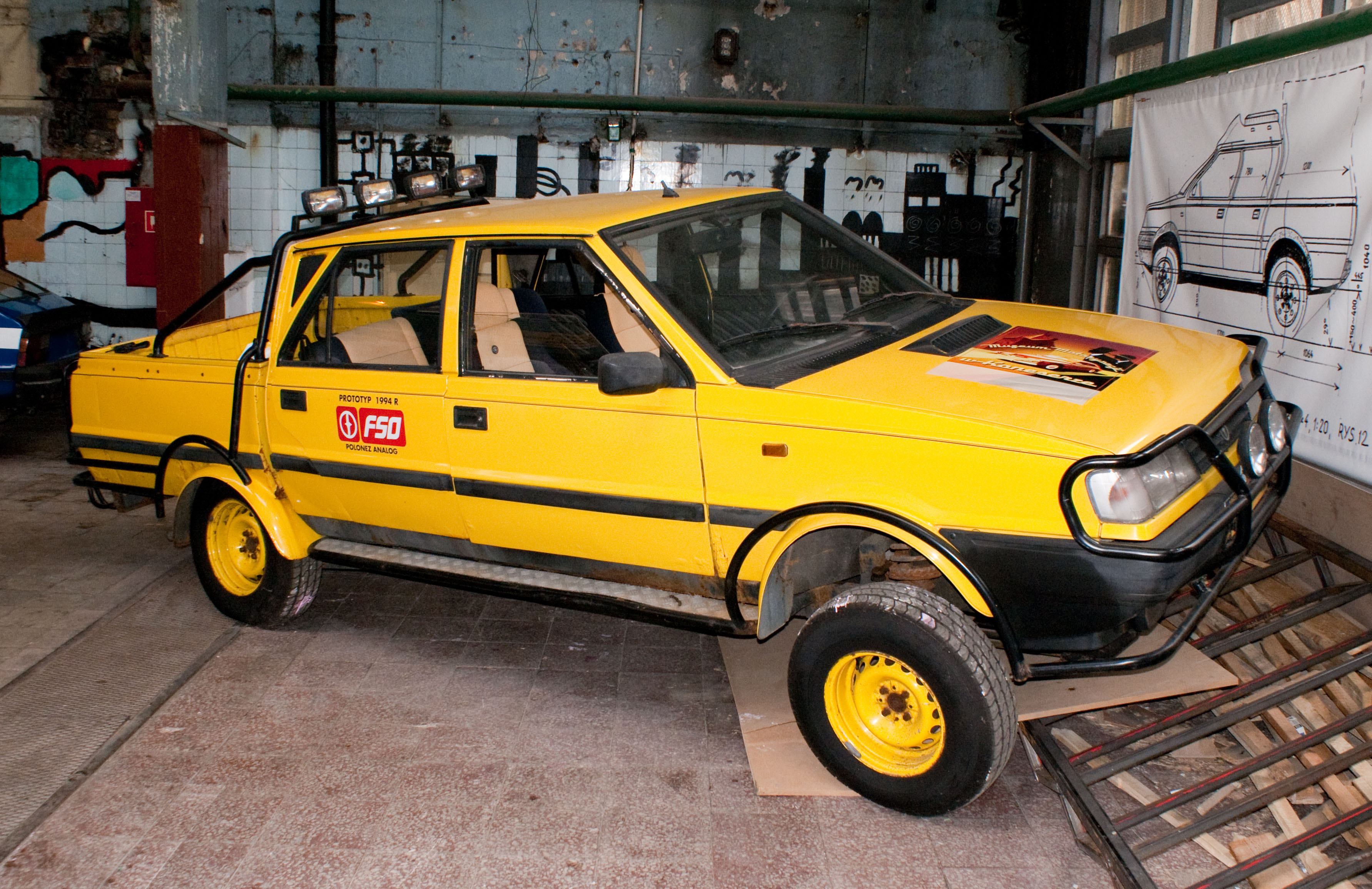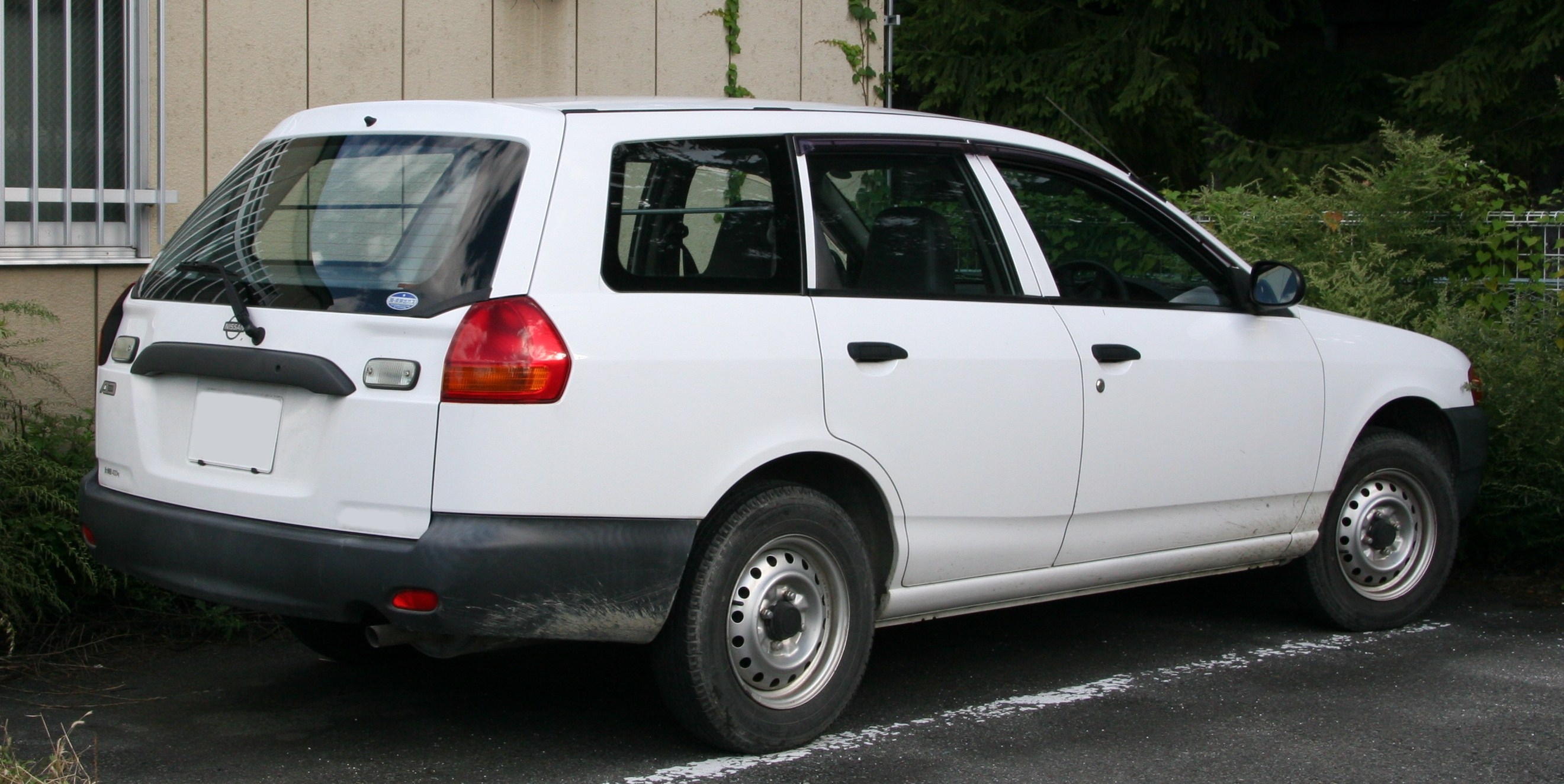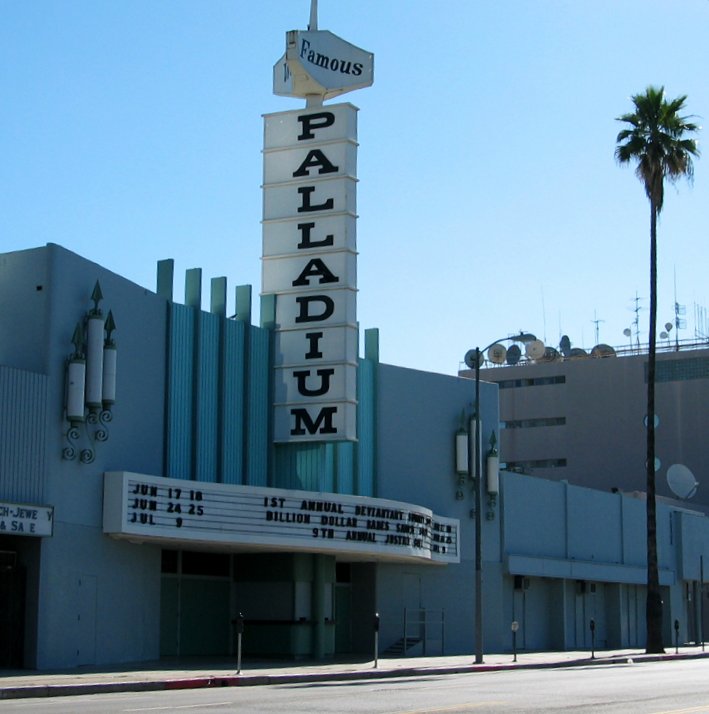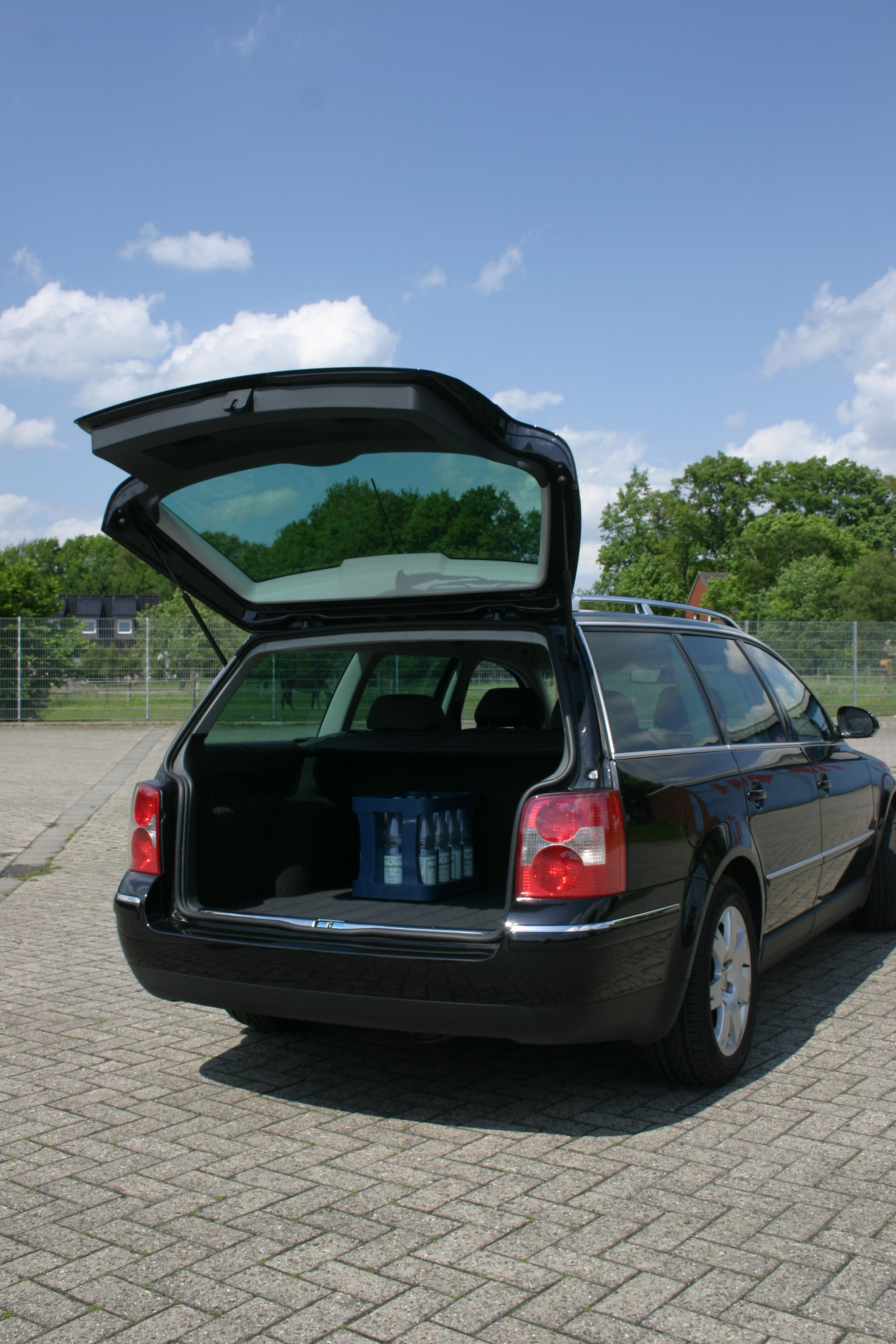|
Polonez Caro
The FSO Polonez is a motor vehicle that was developed in Poland in collaboration with Fiat and produced by Fabryka Samochodów Osobowych from 1978 to 2002. It was based on the Polski Fiat 125p platform with a new hatchback design by Giorgetto Giugiaro. It was available in a variety of body styles that included two- and four-door compact-sized cars, station wagons, as well as commercial versions that included pickup truck, cargo van, and ambulance versions. Production totaled more than one million units excluding the pickup truck and van variants. The Polonez was marketed in other nations and was popular in its domestic market until Poland joined the European Union in 2004. The car's name comes from the Polish dance, the polonaise, and was chosen through a readers' poll conducted by the newspaper '' Życie Warszawy''. In 2021, about 33,000 vehicles were still registered in Poland. Background The Polonez was based on the Polski Fiat 125p that Fabryka Samochodów Osobowych ... [...More Info...] [...Related Items...] OR: [Wikipedia] [Google] [Baidu] |
Warsaw
Warsaw ( pl, Warszawa, ), officially the Capital City of Warsaw,, abbreviation: ''m.st. Warszawa'' is the capital and largest city of Poland. The metropolis stands on the River Vistula in east-central Poland, and its population is officially estimated at 1.86 million residents within a greater metropolitan area of 3.1 million residents, which makes Warsaw the 7th most-populous city in the European Union. The city area measures and comprises 18 districts, while the metropolitan area covers . Warsaw is an Alpha global city, a major cultural, political and economic hub, and the country's seat of government. Warsaw traces its origins to a small fishing town in Masovia. The city rose to prominence in the late 16th century, when Sigismund III decided to move the Polish capital and his royal court from Kraków. Warsaw served as the de facto capital of the Polish–Lithuanian Commonwealth until 1795, and subsequently as the seat of Napoleon's Duchy of Warsaw. Th ... [...More Info...] [...Related Items...] OR: [Wikipedia] [Google] [Baidu] |
Car Platform
A car platform is a shared set of common design, engineering, and production efforts, as well as major components, over a number of outwardly distinct models and even types of cars, often from different, but somewhat related, marques. It is practiced in the automotive industry to reduce the costs associated with the development of products by basing those products on a smaller number of platforms. This further allows companies to create distinct models from a design perspective on similar underpinnings. A car platform is not to be confused with a platform chassis, although such a chassis can be part of an automobile’s design platform, as noted below. Definition and benefits A basic definition of a platform in cars, from a technical point of view, includes: underbody and suspensions (with axles) — where the underbody is made of front floor, Rearfloor, engine compartment and frame (reinforcement of underbody). Key mechanical components that define an automobile platform inclu ... [...More Info...] [...Related Items...] OR: [Wikipedia] [Google] [Baidu] |
Sedan (car)
A sedan or saloon (British English) is a passenger car in a three-box configuration with separate compartments for an engine, passengers, and cargo. The first recorded use of the word "sedan" in reference to an automobile body occurred in 1912. The name derives from the 17th-century litter known as a sedan chair, a one-person enclosed box with windows and carried by porters. Variations of the sedan style include the close-coupled sedan, club sedan, convertible sedan, fastback sedan, hardtop sedan, notchback sedan, and sedanet/sedanette. Definition A sedan () is a car with a closed body (i.e. a fixed metal roof) with the engine, passengers, and cargo in separate compartments. This broad definition does not differentiate sedans from various other car body styles, but in practice, the typical characteristics of sedans are: * a B-pillar (between the front and rear windows) that supports the roof * two rows of seats * a three-box design with the engine at the front and the car ... [...More Info...] [...Related Items...] OR: [Wikipedia] [Google] [Baidu] |
Centro Stile Fiat
Centro may refer to: Places Brazil *Centro, Santa Maria, a neighborhood in Santa Maria, Rio Grande do Sul, Brazil * Centro, Porto Alegre, a neighborhood of Porto Alegre, Rio Grande do Sul, Brazil *Centro (Duque de Caxias), a neighborhood of Duque de Caxias, Rio de Janeiro, Brazil *, a neighborhood of Niterói, Rio de Janeiro, Brazil *Centro, Rio de Janeiro, a neighborhood of Rio de Janeiro, Brazil *Centro (São Paulo), the historic downtown of São Paulo, Brazil *, Aracaju, Sergipe, Brazil Mexico *Centro, Guadalajara, Jalisco, Mexico *Centro, Puerto Vallarta, Jalisco, Mexico *Centro Municipality, Tabasco, Mexico *Centro (borough), Tijuana, Baja California, Mexico *Centro, Yucatán, Mexico *Centro, the historic center of Mexico City, Mexico Elsewhere *Centro Habana, Cuba *Centro, Mandaue, a barangay in the Philippines *Centro Region, Portugal *Centro, Moca, Puerto Rico, a subdivision (also called a ''barrio'') of Moca, Puerto Rico *Centro (Madrid), a district of the city of Madr ... [...More Info...] [...Related Items...] OR: [Wikipedia] [Google] [Baidu] |
Liftback
A liftback is a variation of hatchback with a sloping roofline between 45 and 5 degrees. Traditional hatchback designs usually have a 90 to 46 degree slope on the tailgate or rear door. As such the liftback is essentially a hatchback with a more sloping roof, similar to sedans/saloons from a styling perspective. Some liftbacks may also have an appearance similar to a coupe but with a tailgate hinged at the roof that is lifted to open. The liftback design combines the versatility of a regular hatchback and aerodynamics of a sedan. Liftbacks often offer more boot space over the regular hatchback and sedan but not the station wagon/estate variant of the same model. __TOC__ History In 1973, Toyota invented the "liftback" term to describe the sloping roofline variation of the Celica with a tailgate hinged at the roof, as opposed to the regular hardtop coupe variation which was introduced three years earlier. As its roofline slope is uninterrupted, it can also be defined as a ... [...More Info...] [...Related Items...] OR: [Wikipedia] [Google] [Baidu] |
Życie Warszawy
''Życie Warszawy'' (meaning ''Life of Warsaw'' in English) is a Polish language newspaper published in Warsaw. History and profile ''Życie Warszawy'' was founded in 1944 as an initiative of Polish Workers' Party. The paper is published by Gremi Media Group. As of 2004 Zbigniew Jakubiec, a Polish businessman, was the owner of the paper. During the communist era the paper was a semi-official organ of the Polish government. In the years 1978 and 1988 the paper consisted of 12-16 pages. The number of pages was 20 in 1998. In 2004 ''Życie Warszawy'' had a circulation of 250,000 copies in weekdays and of 460,000 copies in weekends. See also * List of newspapers in Poland Below is a list of newspapers published in Poland. In Poland, the distinction between the broadsheet and tabloid newspapers is mostly format, as most newspapers converted to the latter in the early 1990s. The daily circulation of national newspape ... References External links Newspaper website {{DEFAULTSORT: ... [...More Info...] [...Related Items...] OR: [Wikipedia] [Google] [Baidu] |
Polonaise
The polonaise (, ; pl, polonez ) is a dance of Polish origin, one of the five Polish national dances in time. Its name is French for "Polish" adjective feminine/"Polish woman"/"girl". The original Polish name of the dance is Chodzony, meaning "the walking dance". It is one of the most ancient Polish dances representing Polish cultural dance tradition. Polonaise dance influenced European ballrooms, folk music and European classical music. The polonaise has a rhythm quite close to that of the Swedish semiquaver or sixteenth-note polska, and the two dances have a common origin. Polska dance was introduced to Sweden during the period of the Vasa dynasty when king Vasa introduced it from Poland to Sweden that's why its name simply mean Poland; "polska" is a Polish word for Poland. The polonaise is a very popular dance uninterruptedly danced in Poland till today. It is the dance danced as an opening dance in all major official balls, events, at the final year of the high scho ... [...More Info...] [...Related Items...] OR: [Wikipedia] [Google] [Baidu] |
DeviantArt
DeviantArt (historically stylized as deviantART) is an American online art community that features artwork, videography and photography, launched on August 7, 2000 by Angelo Sotira, Scott Jarkoff, and Matthew Stephens among others. DeviantArt, Inc. is headquartered in the Hollywood area of Los Angeles, California. DeviantArt had about 36 million visitors annually by 2008. In 2010, DeviantArt users were submitting about 1.4 million favorites and about 1.5 million comments daily. In 2011, it was the thirteenth largest social network with about 3.8 million weekly visits. Several years later, in 2017, the site had more than 25 million members and more than 250 million submissions. On February 23, 2017, the company announced it was being acquired by Wix.com in a $36 million deal. History Creation DeviantArt started as a site connected with people who took computer applications and modified them to their own tastes, or who posted the applications from the original designs. As the ... [...More Info...] [...Related Items...] OR: [Wikipedia] [Google] [Baidu] |
Ambulance
An ambulance is a medically equipped vehicle which transports patients to treatment facilities, such as hospitals. Typically, out-of-hospital medical care is provided to the patient during the transport. Ambulances are used to respond to medical emergencies by emergency medical services (EMS). For this purpose, they are generally equipped with flashing emergency vehicle lighting, warning lights and siren (noisemaker), sirens. They can rapidly transport paramedics and other first responders to the scene, carry equipment for administering emergency medicine, emergency care and transport patients to hospital or other definitive care. Most ambulances use a design based on vans or pickup trucks. Others take the form of Motorcycle ambulance, motorcycles, buses, limousines, Air medical services, aircraft and Water ambulance, boats. Generally, vehicles count as an ambulance if they can transport patients. However, it varies by jurisdiction as to whether a Patient transport, non-emerge ... [...More Info...] [...Related Items...] OR: [Wikipedia] [Google] [Baidu] |
Pickup Truck
A pickup truck or pickup is a light-duty truck that has an enclosed cabin, and a back end made up of a cargo bed that is enclosed by three low walls with no roof (this cargo bed back end sometimes consists of a tailgate and removable covering). In Australia and New Zealand, both pickups and coupé utilities are called utes, short for utility vehicle. In South Africa, people of all language groups use the term ''bakkie'', a diminutive of ''bak'', Afrikaans for "basket". Once a work or farming tool with few creature comforts, in the 1950s U.S. consumers began purchasing pickups for lifestyle reasons, and by the 1990s, less than 15% of owners reported use in work as the pickup truck's primary purpose. In North America, the pickup is mostly used as a passenger car and accounts for about 18% of total vehicles sold in the United States. Full-sized pickups and SUVs are an important source of revenue for major car manufacturers such as GM, Ford, and Stellantis, accounting for more th ... [...More Info...] [...Related Items...] OR: [Wikipedia] [Google] [Baidu] |
Station Wagon
A station wagon ( US, also wagon) or estate car ( UK, also estate), is an automotive body-style variant of a sedan/saloon with its roof extended rearward over a shared passenger/cargo volume with access at the back via a third or fifth door (the liftgate or tailgate), instead of a trunk/boot lid. The body style transforms a standard three-box design into a two-box design — to include an A, B, and C-pillar, as well as a D-pillar. Station wagons can flexibly reconfigure their interior volume via fold-down rear seats to prioritize either passenger or cargo volume. The ''American Heritage Dictionary'' defines a station wagon as "an automobile with one or more rows of folding or removable seats behind the driver and no luggage compartment but an area behind the seats into which suitcases, parcels, etc., can be loaded through a tailgate." When a model range includes multiple body styles, such as sedan, hatchback, and station wagon, the models typically share their platform, d ... [...More Info...] [...Related Items...] OR: [Wikipedia] [Google] [Baidu] |








